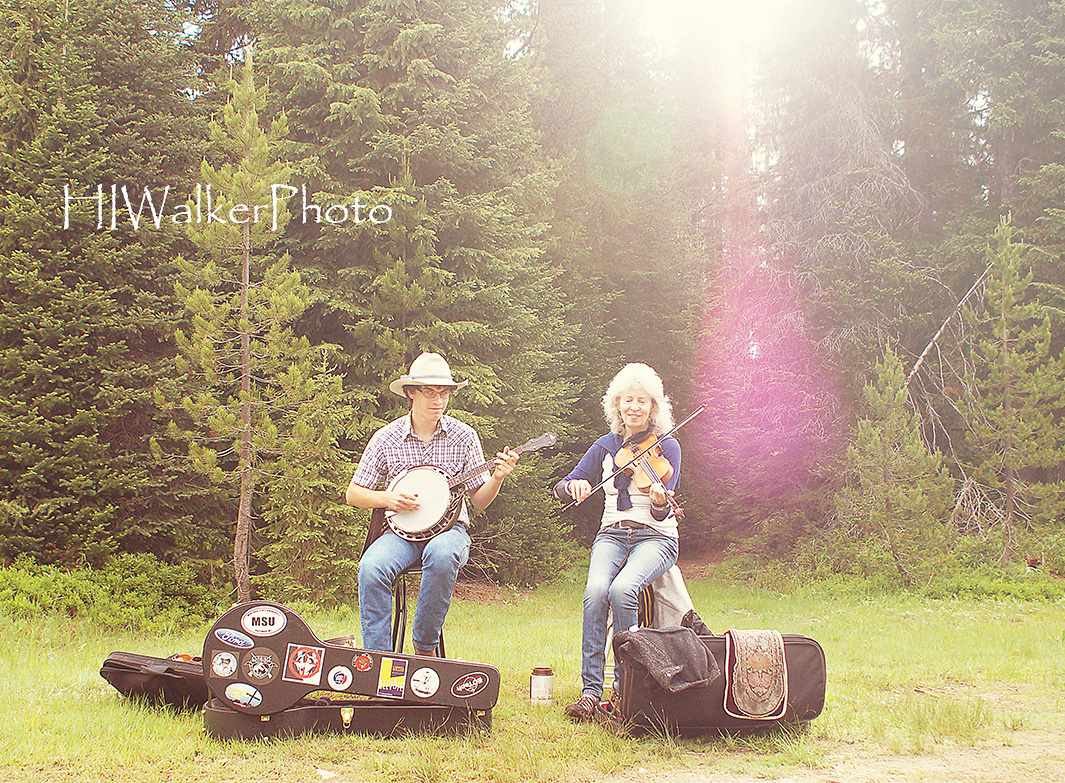Looking back at the previous year, I saw a good times with good friends. A new venture start up and a new technique to play with. In all, it was a pretty good year and I look forward to the next year.
There were so many great adventures and images that went with them, I found it hard to narrow down to these 12. More often than not, it's the story behind the image that makes it a favorite of mine.
1. Radiator - My business venture begins! I took clients out on the 1st Trail Turtles Adventure to Opal Creek in Oregon to teach them the fundamentals of photography. Opal Creek is a remarkable area with old pieces of equipment lined along the trail to some beautiful waterfalls. We were working on depth of field with this radiator.
2. Starfish - I hiked out for a weekend of sleeping under the stars on the Washington Coast with a friend. I got up early the following morning to catch sunrise reflected over the Pacific Ocean and as I meandered along the tide pools, I was able to get close to several sea stars. I love the curves of this guy's arm over the rocks.
3. Sunburst over Big Four - Mid-Winter snowshoe with good friends, what more can be said?
4. Iridescence - I led a photo outing to the Butterfly Pavilion at the Seattle Center during the dreary days of a Seattle winter. I used a diopter filter to get really close to the wings of the butterflies. I just love the sparkling blue.
5. Cherries and the Capitol - For a couple of days every April the cherry blossoms turn the gardens around Washington's Capitol building a light and cheery pink. I went to the sundail on the south side of the building and lined it up with the entryway for this image. This is 3 exposures blended together and a lot of patience as people walked back & forth.
6. Roasting Hotdogs - Each summer, I lead hikes for the Conditioning Hiking Series from the Mountaineers. And every summer we have a campout filled with hikes, laughter and food. Fond memories for the making.
7. Mt Adams over Snowgrass Flats - When people ask why I enjoy backpacking so much, I have a few stories to tell and images such as this to show. By the way, my tent is the cream colored one on the left.
8. Cradling Rose - Of all the images I came back with from my vacation in California, I love this one. I have started working on garden photography more and more this past year. I think it's my mom in me. The cradling aspect of this rose is comforting to me and exciting, as if there is a world to be discovered in its embrace.
9. Kayaker in the Mist - Sometimes the celebrations in life aren't your own, but for those in your life who you love. My sister bought her first kayak this year, the girl who kicked and screamed when you tried getting her into open water, so afraid of it she was. She discovered kayaking and fell in love with the sport - I love the symbolism of her kayaking out of the mists of fear into a world of opportunity.
10. The Pink Room - I think there is a little bit of me left in Montana. I love exploring the towns and countryside and cry everytime I leave.This was taken in an old building in West Glacier, an abandoned apartment above the train depot. It's simple yet to me speaks volumes of the people who braved the west.
11. Reflections - What's a year without some abstract fun? This is the Seattle Great Wheel reflected in the waters of Elliott Bay.
12. Dungeness Lighthouse - This year I learned about blending textures. This just so happens to be one of my first.
13. Penderoy - I love this little town in Montana. Since my introduction, I try to plan a trip here each visit to the area. I went out for sunrise this past summer and played on the open prairie as the sun colored the morning clouds.
So these were my favorites this past year, which were yours?












































